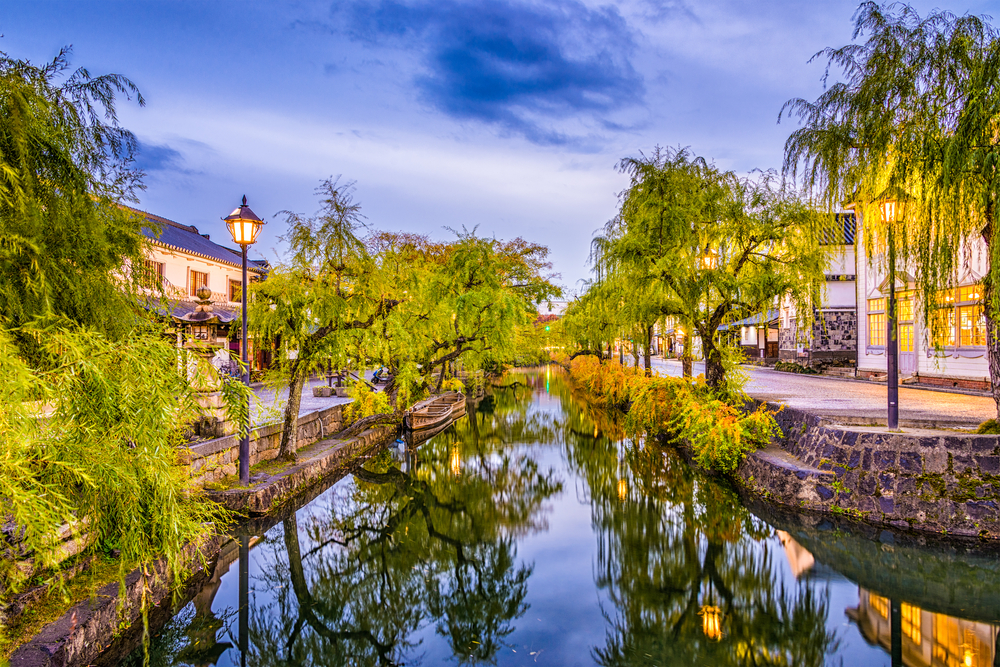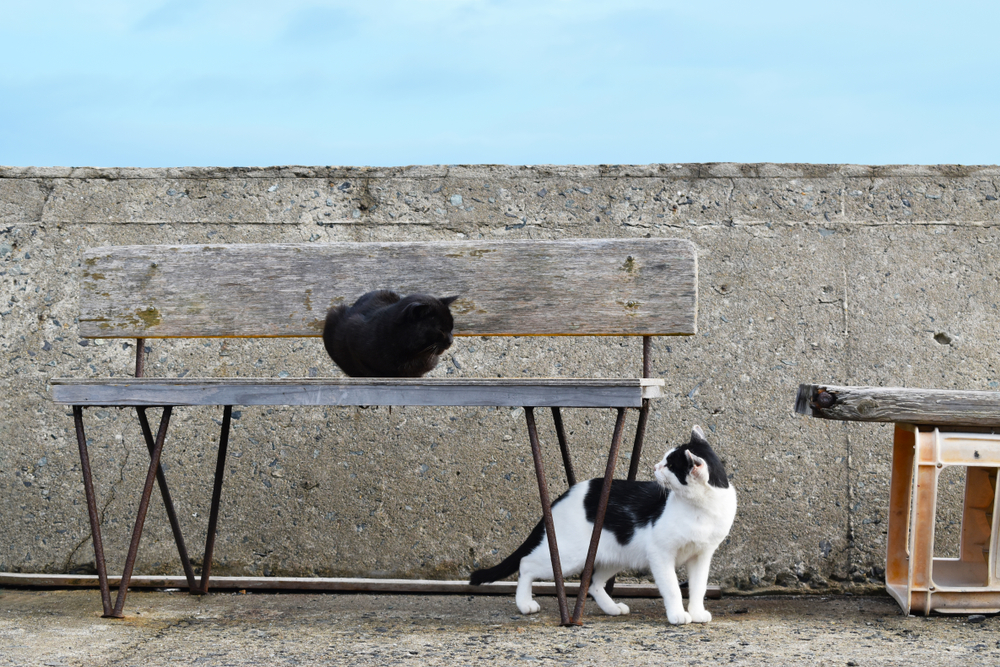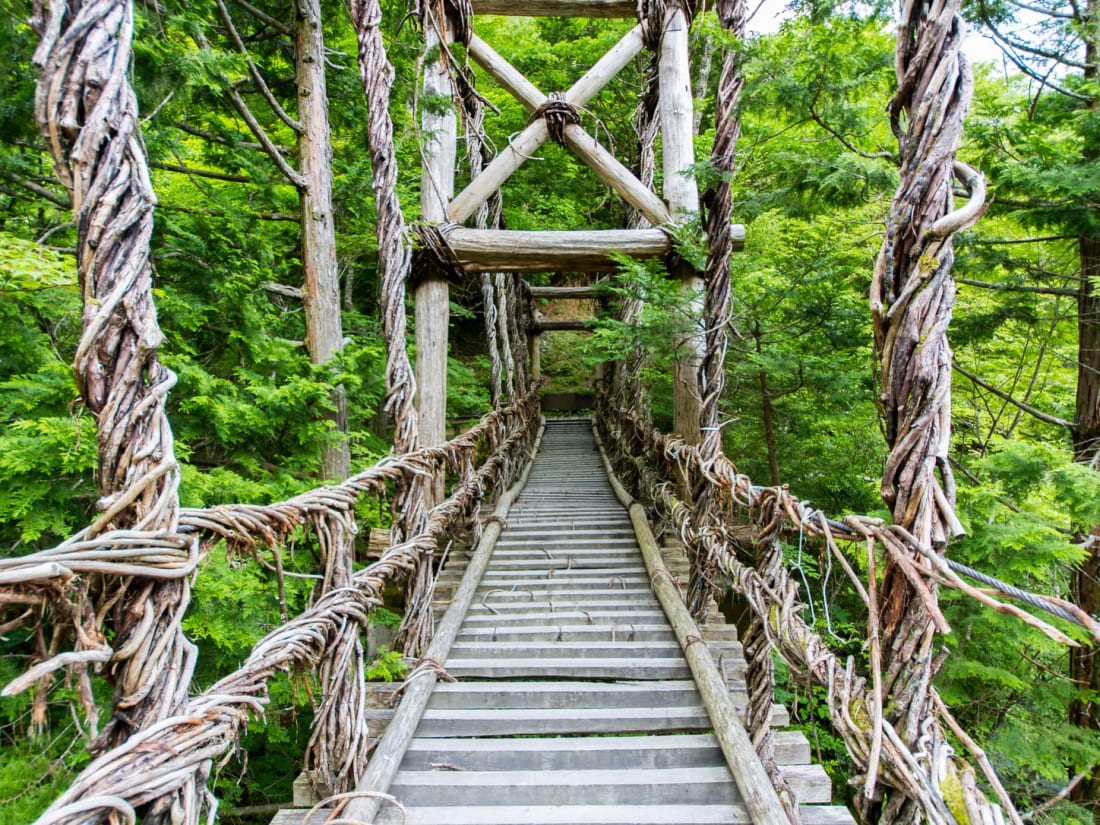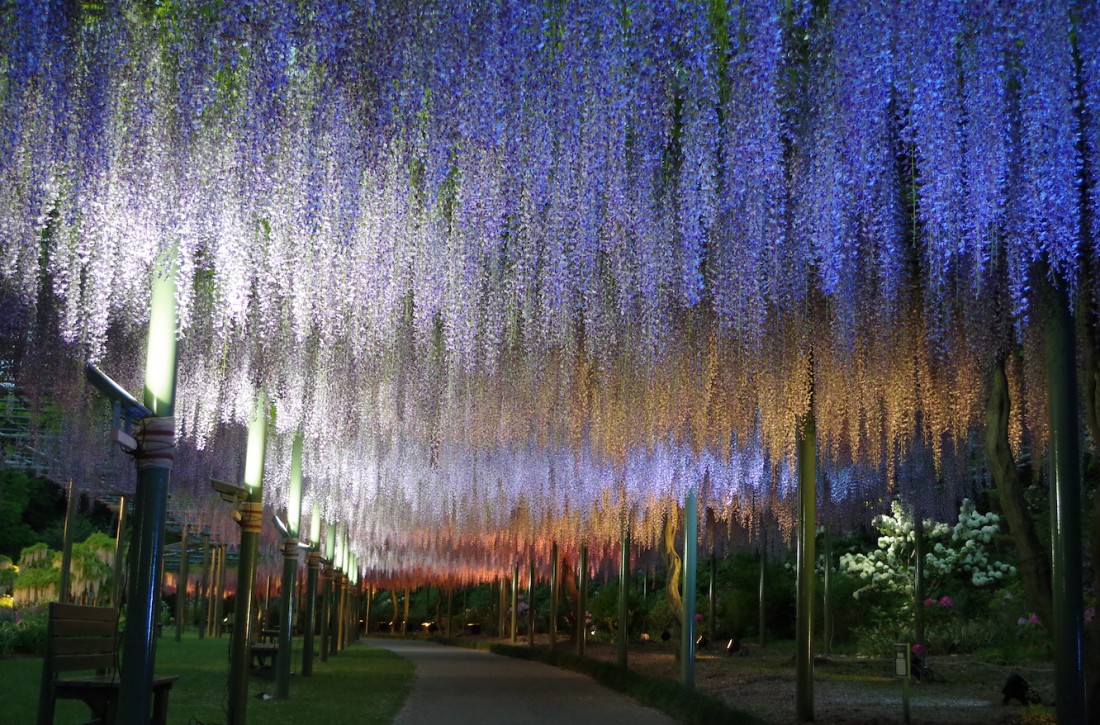With the Tokyo Olympics coming up in 2020, you are for sure to witness an immense increase in human population not only in Tokyo, but in Japan as a whole. With even more foreigners crawling through Japan’s typical tourist locations, 2020 is your year to explore the country’s lesser-known regions. Here are our top 7 recommended go-to-destinations in Japan in 2020.
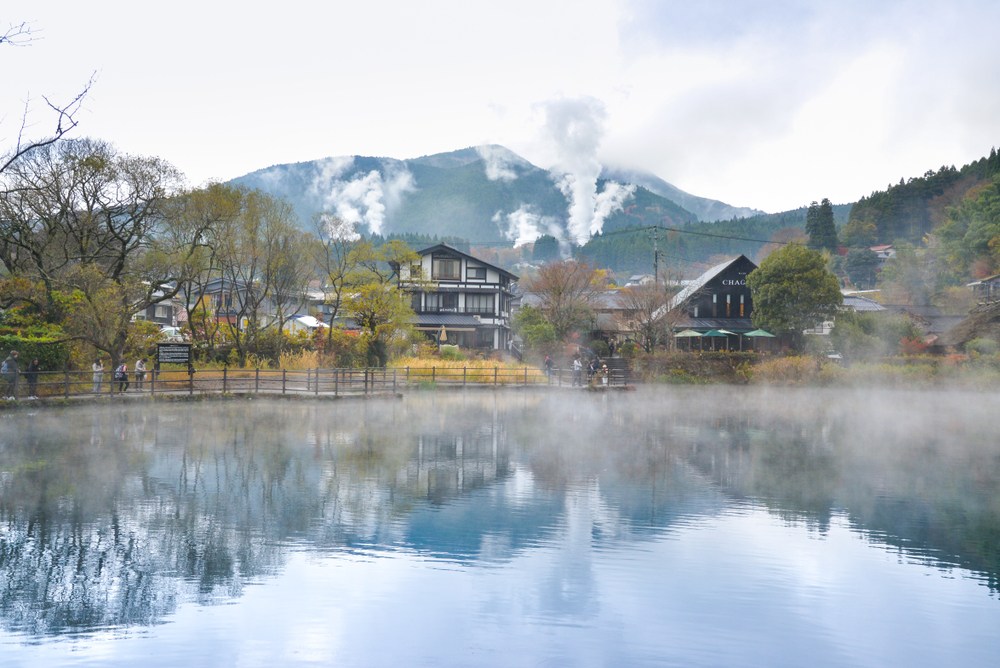
Photo by Niradj / Shutterstock.com
1. Embrace Rural Japanese Life at Yufuin
Why not stay at a rural Kyushu farmhouse and get the authentic Japanese experience? Farmhouses and rice paddies make up Yufuin in Oita Prefecture, as well as its well-known hot springs. This rural, sleepy town is perfect for a relaxing getaway, surrounded by mountains and nature. Depending on your host, you get to learn and enjoy Japanese home cooking, help with harvesting various produce including rice and fruit, forage for bamboo shoots or even create traditional crafts. Farm stays are the perfect opportunity to have a real cultural exchange and meet people you may never meet at a typical touristy destination.
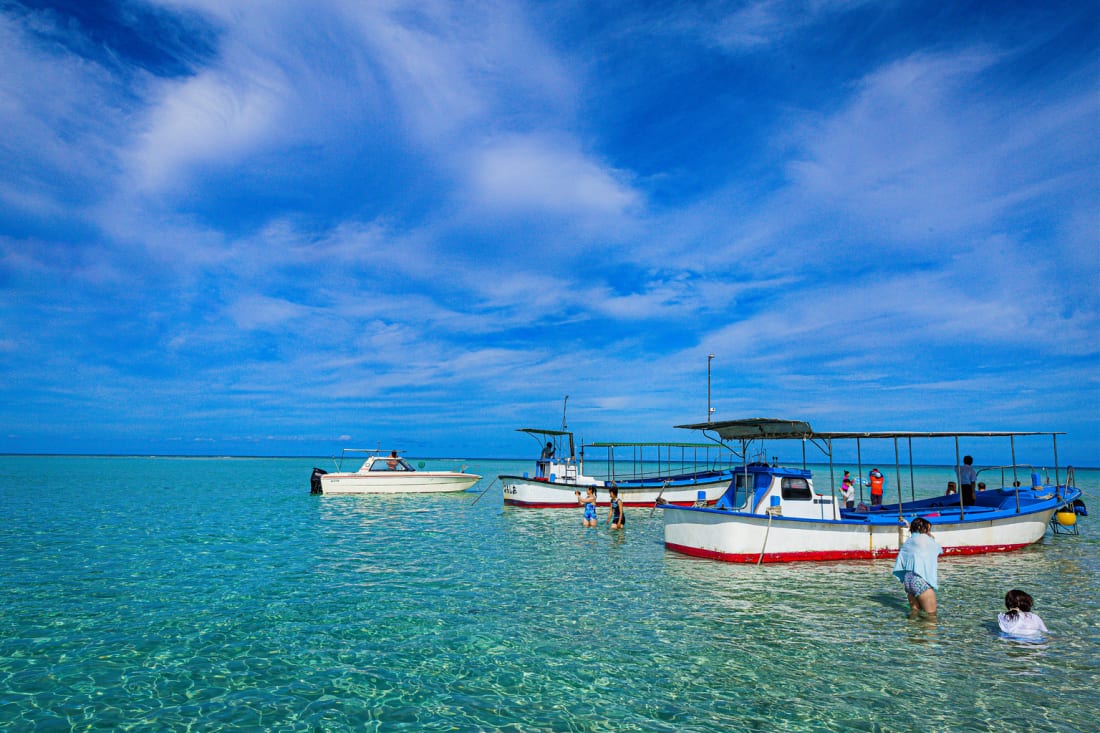
Yurigahama
2. Space Out at the Cosmic Island of Yoron
Turquoise water and white sandy beaches on a secluded tropical island, what more can you ask for? No matter how many times you visit the island of Yoron, you will be ceased to be amazed with a completely different view each time. Yoron is known for Yurigahama Beach – the floating beach located off the island’s eastern coast that appears and disappears with the tide. The location of the floating beach changes everyday so definitely check the lunar calendar to witness this. The island has 60 beaches all around the coastline where you can experience the most sublime sunsets. Whether you are here for a relaxing getaway or adventures and activities, the island of Yoron will keep you enchanted with its vast marine life, multiple coral reefs and vibrant local culture.
3. Find Your Feline Friends at One of Japan’s Cat Islands
For cat lovers, ride the ferry to Ainoshima, also known as Cat Heaven Island. This small island of only 1.25 square kilometers located off the coast of Kitakyushu in Fukuoka Prefecture has a population of around 200 residents – and about the same number of feral cats. You can easily go around the entire island in one day to experience the local rural fisherman life and take in the gorgeous coastline. Ainoshima was a distant guard post of the Kokura Domain during the Edo Era, and you can still see one of the ancient flag posts.
4. Explore Japan’s ‘Grand Canyon’ on Shikoku Island
Daredevils, take note. Iya Valley in Shikoku is known for its vast vine bridges. There used to be 13 – with three surviving to this day. The longest vine bridge, with an impressive length of 45 meters, is Iya Kazurabashi, which stretches across the Iya River, smack dab in the Iya Valley. According to history, this bridge was used by ancient Heike residents to transport people and goods. They could also be cut away to allow them to outrun pursuers. The bridge sways 14 meters above the river. Perhaps, only the bravest of souls can saunter across with no fear.
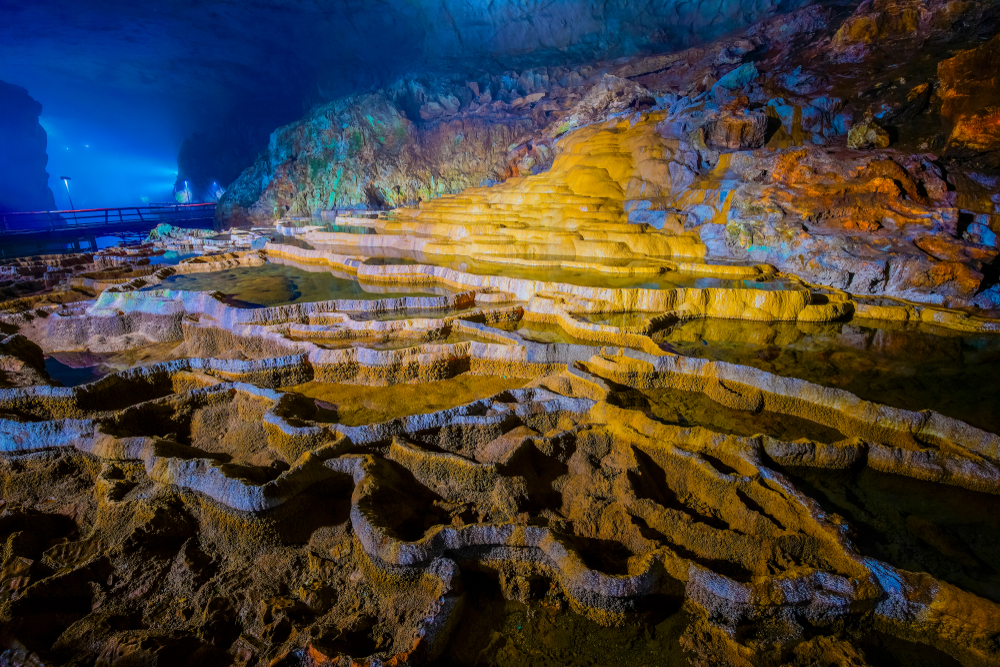
Photo by beeboys / Shutterstock.com
5. Go Spelunking in Japan’s Largest Underground Cave
The Akiyoshido Limestone Cave is an underground cave in Yamaguchi Prefecture that can be traced back 300 million years ago. It is the largest underground cave in Japan and stretches to a width of 100 meters and a length of nine kilometers. There is a one-kilometer section of the cave that is well-preserved and open to the public and accessible for those in wheelchairs. Various natural formations can be found within the cave including terraces of limestone pools filled with water, underground waterfalls and the Gold Column, a towering stalactite. There are three entrances and as you follow the path alongside the underground river, you will be greeted back into the light with a tumbling waterfall.
6. Enjoy the Beauty of Every Season at Hamamatsu Flower Park
Feast your eyes to over 3,000 species of flora and fauna at Hamamatsu Flower Park, a gorgeous botanical garden located on the edge of Lake Hamana in Shizuoka Prefecture. Depending on the time of the year, you can bear witness to various seasonal flowers and plants. During the spring, you get to do your hanami (cherry blossom viewing) in breathtaking surroundings. In the summer, the sakura trees are replaced by hydrangeas and Japanese irises in purple and yellow blossoms. In the fall, roses and amethyst sage fill the park with vibrant hues. If you come visit in the autumn, don’t miss out on the Hamamatsu Chrysanthemum Convention held annually in November. In December, it’s all Christmas aglow with Christmas illuminations, a Christmas tree and various Christmas-themed events. From January to February, plum trees, rapeseed blossoms and daffodils are in season.
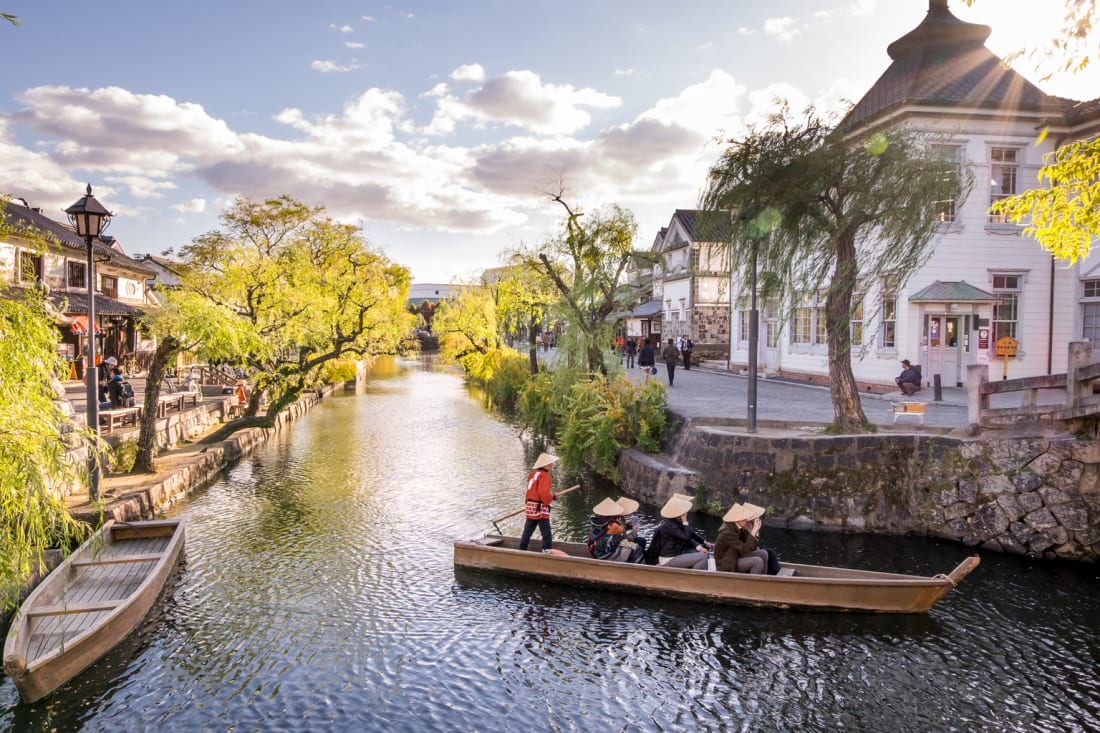
Photo by siriwat sriphojaroen / Shutterstock.com
7. Explore Historic Japan in Kurashiki
Take a 15-minute train ride from the capital city of Okayama to Kurashiki, the “town of storehouses.” Kurashiki is known for its historical importance in the Edo period, as the city operated as an important rice and cotton distribution center for the Tokugawa Shogunate. The city is centered around the Kurashiki River, with well-preserved black and white warehouses along the sides. Kurashiki Bikan, the historic canal city of Kurashiki, is where you can find coffee shops, galleries and museums still displaying traces of the Edo and Meiji periods. Stop by the Ohara Museum of Western Art, the oldest private Western art museum in Japan, for some art for the soul. You can find art pieces by Matisse, Monet, Greco and Gauguin, as well as works from China and Egypt.
Feature photo of Kurashiki by Sean Pavone / Shutterstock.com
Updated On December 26, 2022

